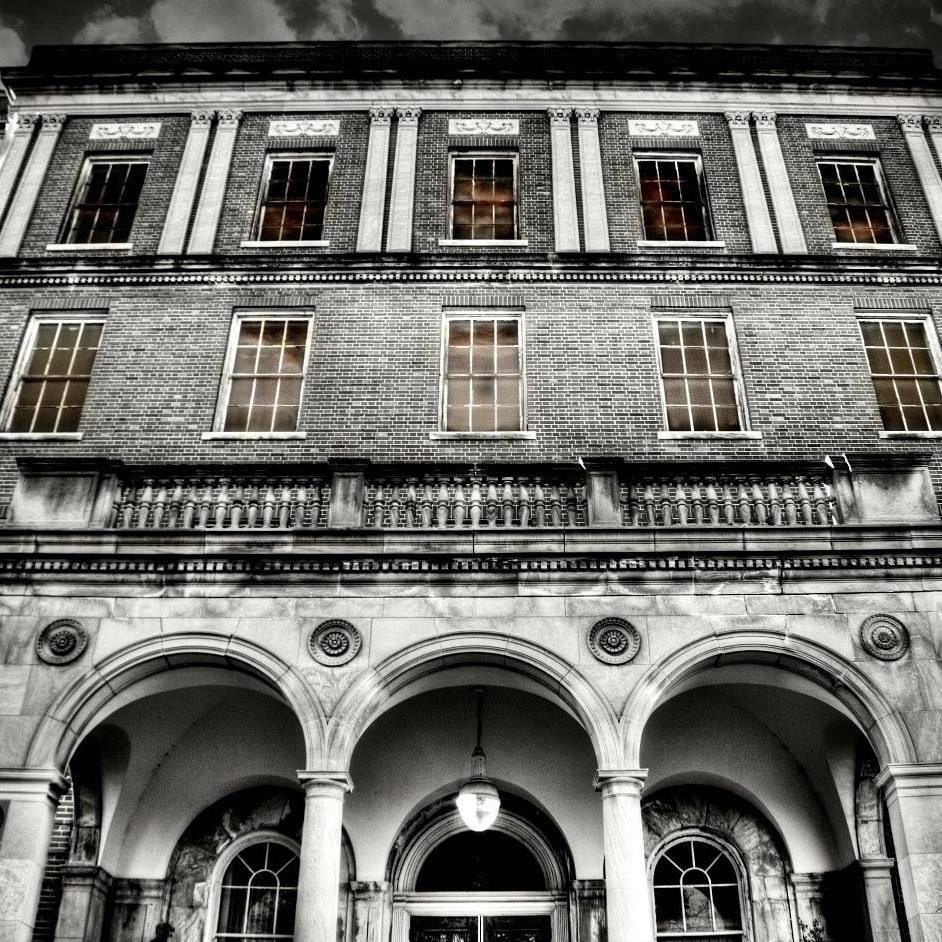Complex gets historical marker
BY DARRELL CLEM
STAFF WRITER
Originally published September 21, 2006
Eloise, a former poorhouse and asylum that became one of the largest U.S. public health care facilities, has earned Westland a state historic marker.
Reduced now to just two buildings, Eloise once sprawled for 902 acres on both sides of Michigan Avenue between Merriman and Henry Ruff roads. It housed 10,000 patients and employed 2,000 workers in the late 1920s.
“It was huge,” said Westland historian Jo Johnson, president of Friends of Eloise.
She announced this week that the Michigan Historical Commission has approved a state historic marker for the Eloise site, which once had 75 buildings and its own farm, cannery, bakery, cemetery, employee housing, police and fire departments, and trolley and train stations.
Started in 1839 as a poorhouse where people who couldn’t support themselves were sent, Eloise helped make a name for Wayne County because the facility was the only one in the state with a medical complex that included a general hospital, infirmary and asylum, Johnson said.
Eloise doctors pioneered the use X-rays for diagnostic purposes, and psychiatric patients underwent such treatment as “electroshock.”
Author Patricia Ibbotson charted Eloise’s history in Eloise: Poorhouse, Farm, Asylum and Hospital 1839-1984, a book that Johnson said helped raise more than $3,000 needed to order the state marker. Ibbotson worked in nursing at Eloise.
Friends of Eloise this week will send a check to the state to order the historic marker, and a dedication is expected in the spring.
Johnson, who has helped compile Eloise’s history, welcomed recent news that a state marker had been approved. She considers it an important milestone.
“I feel that most all of what’s left of Eloise will be gone eventually, and it did impact so many people,” she said.
Even now, an old smokestack on the site is being slowly dismantled.
“That smokestack stands out like a trooper,” Johnson said Monday, addressing city officials during a Westland City Council meeting.
Johnson receives inquiries most weeks from people who either spent time at Eloise or who had relatives that did.
“It’s just unbelievable,” she said.
More than 7,100 patients are buried in the Eloise cemetery — their graves marked only by numbered blocks. Not everyone believes it, but some ghost hunters say that certain areas of Eloise are haunted, such as the fourth floor of a building named after current Wayne County Commissioner Kay Beard.
This week, Westland historian Ruth Dale noted that the Eloise historic marker is one of two recently approved for Westland’s south end. The other is for Annapolis Park, a neighborhood that became one of the first U.S. suburbs to welcome African-American homeowners in the 1950s.
The historic markers will become the only ones ever approved for Westland’s south end, she said, making the summer of 2006 significant. In all, Dale said, the city has eight historic markers.
Meanwhile, Johnson said anyone who wants to order Ibbotson’s book about Eloise may call her at (734) 522-3918. The cost is $20 plus $1.59 for shipping.
dclem@hometownlife.com | (734) 953-2110
